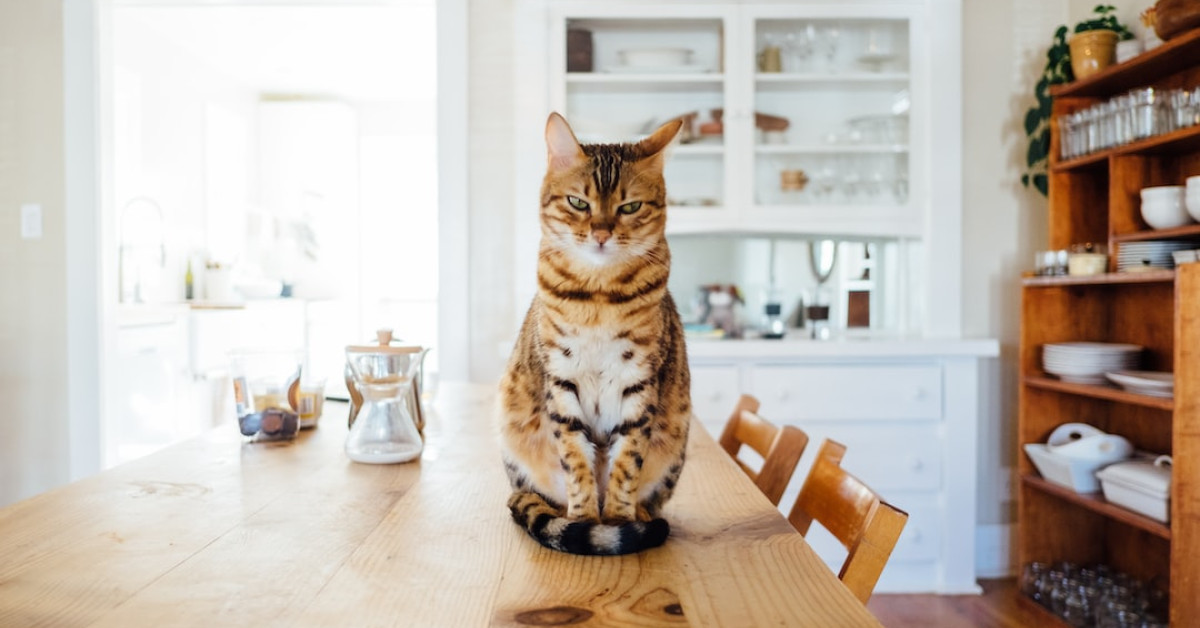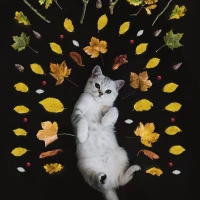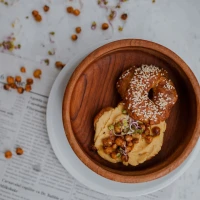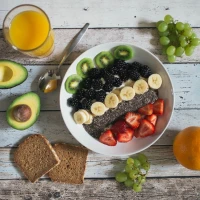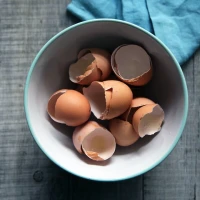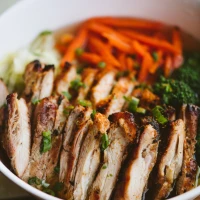In the world of cat care, attention to detail can mean the difference between a healthy, vibrant feline and one battling with avoidable health issues. One such detail lies in the seemingly mundane choice of your cat’s bowl. However, as we delve deeper into the world of feline nutrition and behavior, it becomes clear that a slow eat cat bowl isn’t just a novel accessory—it’s a must-have for any cat owner who values their pet’s wellbeing. In this article, we uncover why a slow feed cat bowl is more than just a trend; it’s a tool for promoting optimal health and longevity in our feline friends. From deterring whisker fatigue to preventing obesity, let’s explore the numerous reasons why you should consider switching to a slow feed bowl for your cat today.
1. Combat Fast Eating and Reduce Choking Risks
Prevent Rapid Ingestion
Cats that gulp down their food too quickly are at a higher risk of choking and developing digestive issues. A slow eat cat bowl is designed with barriers or obstructions that make cats take their time to reach their food, effectively slowing down their eating pace and minimizing risks associated with hasty consumption.
Encourage Chewing
Chewing is an essential part of digestion, helping to break down food before it enters the stomach. Slow feed cat bowl me over recipess encourage this natural behavior, ensuring that food is adequately chewed and digestion starts correctly from the mouth.
2. Tackle Obesity by Controlling Portions
Promote Satiety
A slow eat cat bowl prolongs feeding time, which can aid in the cat’s feeling of fullness and satisfaction with smaller portions of food. This can help manage weight by preventing overeating.
Monitor Food Intake
With a slow feed bowl, it’s easier for pet owners to monitor how much and how often their cats eat, which is crucial for mapioneer woman egg roll in a bowltaining an appropriate weight and tracking dietary habits.
3. Enhance Digestive Health
Minimize the Risk of Bloat and Indigestion
Rapid feeding can lead to air swallowing, which might cause bloat—a potentially life-threatening condition. By encouraging slower eating, a slow eat cat bowl helps reduce the amount of air ingested, promoting healthier digestion.
Improve Nutrient Absorption
Eating at a slower pace allows for better digestion and nutrient absorption from their food, which is fundamental for maintaining a healthy and balanced diet for your cat.
4. Mental Stimulation and Behavioral Enrichment
Replicates Natural Foraging Behavior
Cats are naturally inclined to “work” for their food. A slow eating cat bowl eat cat bowl with its puzzles or barriers can simulate the foraging that cats would do in the wild, providing mental stimulation and reducing boredom.
Reduces Stress and Anxiety
Mental stimulation through portioned and paced eating can help alleviate stress and anxiety in cats. This is especially important for indoor cats that have fewer opportunities for physical activity and environmental exploration.
5. Promote Healthy Eating Habits
Establish a Feeding Routine
The structure provided by a slow eat cat bowl can encourage regular and consistent eating habits, which is crucial in maintaining your cat’s overall health.
Prevent Food Aggression
In multi-cat households, slow feed stouffers bowls can be especially beneficial to prevent food aggression by ensuring one cat doesn’t monopolize all the food too quickly.
6. Mitigate Whisker Fatigue
Specialized Design for Comfort
Regular bowls can cause whisker fatigue as sensitive whiskers touch the bowl’s sides. Slow eat cat bowls are typically wider and shallower, reducing stress on a cat’s whiskers and making mealtime more comfortable.
Avoid Discomfort and Stress
By mitigating whisker fatigue, cats can enjoy their meals without the discomfort and stress that can lead to avoidance of the feeding area or other behavioral issues.
7. Easy Integration with Different Diets
Accommodates Various Foods
Whether your cat is on a dry, wet, or mixed diet, slow feed bowls can easily accommodate different types of food, making them a versatile addition to your cat’s feeding routine.
Suitable for Special Dietary Needs
For cats with specific dietary requirements or on prescription diets, slow eat cat bowls can be a useful tool to regulate and track food intake.
8. Durable and Hygienic Feeding Option
Sturdy and Long-lasting Material
Most slow feed cat bowls are made from durable materials like stainless steel, ceramic, or heavy-duty plastic, ensuring that they last and remain safe from being tipped over or chewed up.
Ease of Cleaning
The design of slow eat cat bowls typically allows for easy cleaning, either by hand or in the dishwasher, to maintain a sanitary feeding environment for your cat.
9. Ideal for Cats with Specific Health Conditions
Ideal for Diabetic Cats
Cats with diabetes benefit from a controlled and steady intake of food, which a slow feed cat bowl can facilitate, helping to manage blood sugar levels throughout the day.
Supports Cats with Gastrointestinal Disorders
Slow feeding can be beneficial for cats with sensitive stomachs or gastrointestinal disorders by reducing incidences of vomiting or diarrhea after meals.
10. A Sustainable and Cost-Effective Investment
Reduce Food Waste
The design of a slow eat cat bowl often means less food is spilled and wasted, making it a more sustainable feeding option for environmentally conscious pet owners.
Long-term Financial Savings
Investing in a durable and effective slow feed bowl can also lead to financial savings by reducing the amount of food consumed due to controlled portions and minimizing potential health-related costs from overeating or eating too quickly.
In conclusion, a slow feed cat bowl is an item that may seem minor at first glance but offers a multitude of profound benefits for your cat’s health and lifestyle. By addressing issues like overconsumption, digestion problems, and behavioral stress, these specialized bowls stand out as more than a novelty—they are an essential component for any responsible cat owner’s toolkit. Embrace the benefits today, and prepare to see a positive transformation in your feline’s health, behavior, and overall quality of life.
